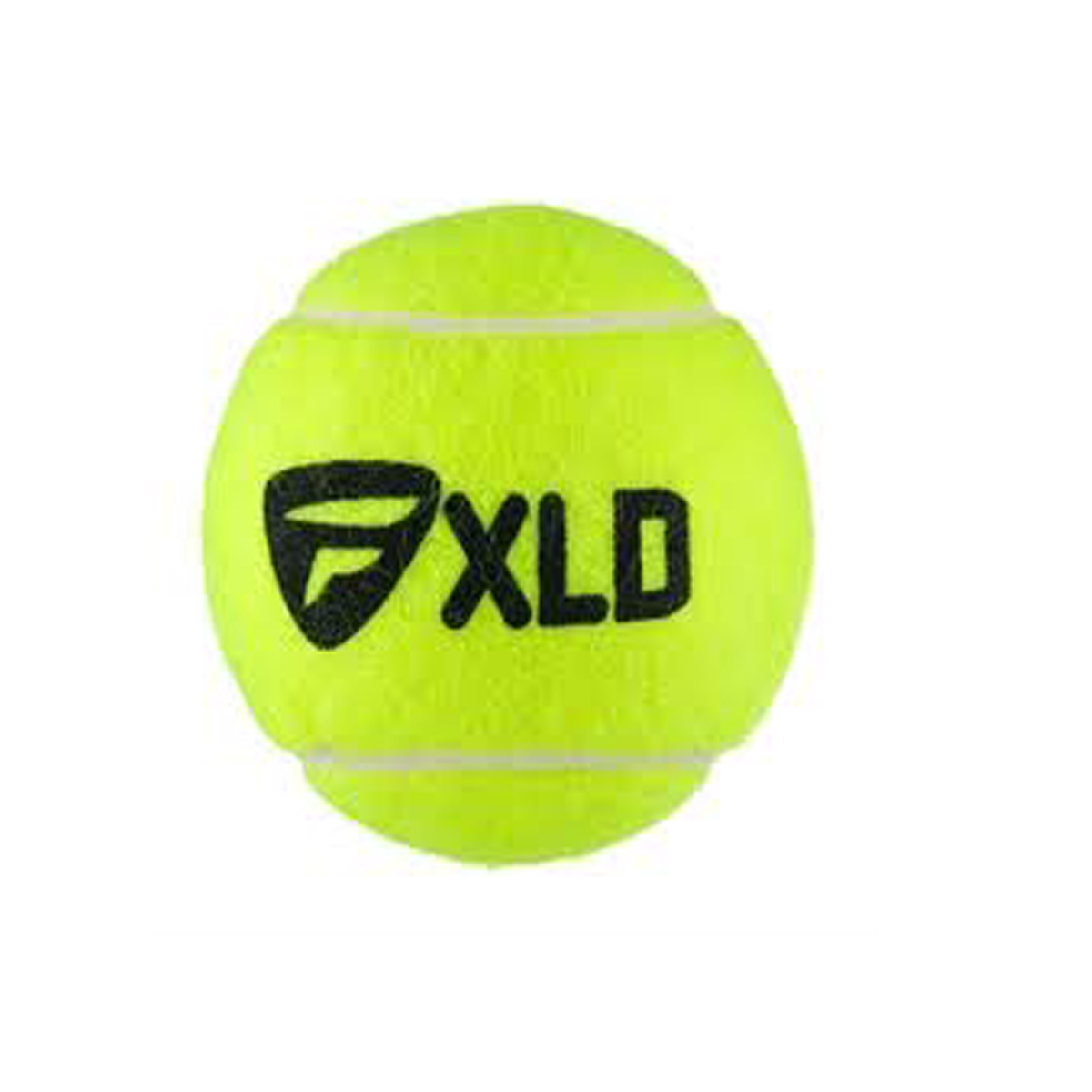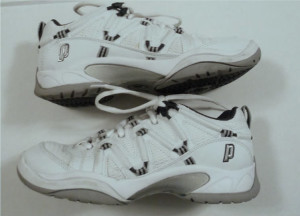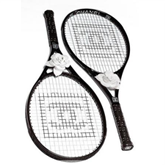
“The serve was invented so that the net could play” — Bill Cosby


This quote is especially true for those who are not expert tennis players. But The Scoop got the opportunity to ask two experienced players how to begin playing.
Alex Flanagan, a Drury junior, has played tennis for nine years and has taught lessons for four, and Lucy Givens, Drury sophomore, has played for 14 years and was a member of the Drury tennis team. Givens, who has been teaching for four years, also was director of Branson Youth Tennis this past summer.
What should I start working on first?
According to Flanagan, the best activity you can do is simply to go out and hit the ball. Working on strokes, as they’re called, is the best preparation for playing whether it’s recreationally or competitively.
“When you can put it where you to on the court, you’ll know you have the stroke down,” says Flanagan.
Tennis is more about using your wrist as opposed to sheer strength, she notes, so practice is important.
Givens believes the first element beginners should work on are forehands, a stroke performed by moving the racquet in front of your body. Beyond that, she notes that learning the rules of the game is a good first step (i.e. what the lines mean, how the scoring works). Backhands, or strokes across the body, and serving should come after the basics.
“If you want to get better at tennis, you have to play with someone that’s better,” adds Flanagan.
What type of clothing should I wear?
Flanagan and Givens believe anything comfortable will do, as long as you have pockets to store tennis balls for efficiency because it can be annoying to have to fetch the ball every time you have to serve. “Dresses are not overrated,” says Flanagan. “They are fun to play in.” For guys, gyms shorts and Nike DryFit seems to be the outfit of choice.
“You don’t have to wear white either unless it’s required by the country club,” says Flanagan. White is a good choice for hot days; it reflects the sun, keeping you cooler. But tennis players, predominately American, where white frequently because of what developed in our culture in the earlier part of the 19th century.
What shoes should I wear for playing?
According to Givens, actual “tennis shoes” need to be bought. These are different from other athletic shoes because they have specific treading that helps with traction on the court. Such a design is important because playing tennis require switching direction a lot on the court. These are normally bought at a sporting goods store or online.
Flanagan recommends Prince or Adidas tennis shoes.
What kind of racquet should I buy?
For beginners, Flanagan recommends racquets that have a bigger head size with more surface area. While these do not necessarily have to be heavy, weight can help with achieving a better stroke. When you hit the ball, you are supposed to drop the racquet before contact and graze over the top of the ball to provide top spin and direction.
“If you’re a beginner, you can get your tennis racquet anywhere,” says Givens. She notes it really depends on the age and how big your hand is. “You shouldn’t have to spend a lot of money on it,” Givens adds.
How do I join a team?
To join a competitive team, you need to have a country club membership. These can be pricey, but it ultimately depends on the country club. In the Springfield area, Millwood, Highland Springs, and Twin Oaks all offer memberships that include tennis teams. Givens says joining a team also depends on your experience level. “Country clubs don’t take just anyone,” she says.
But if you are just looking of someone to hit around with, ask around. There’s no need to pay money for something that you can do for free. Also, Givens notes that there is a Drury intramural tennis team that any student can join.
If I want to play doubles, what should I look for in a partner?
If you are going to play with a partner, it is important to choose a good match. According to Givens, you should a partner who has good values and character; it’s not fun playing with someone who gets mad on the court. She also says finding someone with at a similar ability level will alleviate tension.
Sometimes, it’s good to choose a partner who can compensate for your weaknesses.
“As a rule of thumb, righties (those who are right-handed) are usually paired with lefties (those who are left-handed) so they can cover the court. Also, say you are good at forehands but not as strong with backhands, but your partner excels at backhands. They could cover your weak side.”

